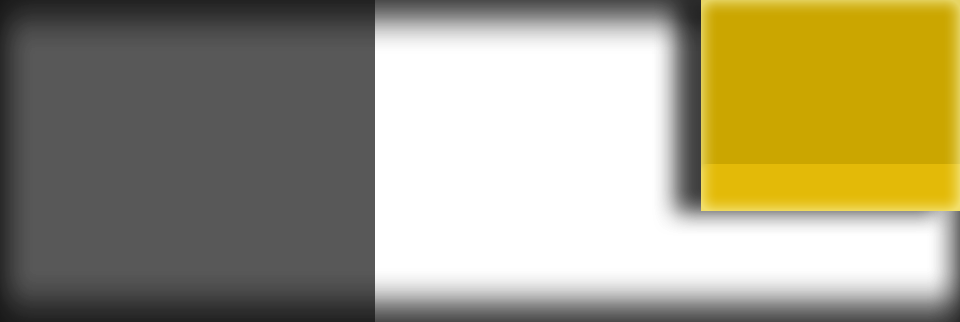|
Embroidery: The Process
Art Requirements
Embroidery Terms
How Fabric Type Affects Design
The Process
Along with the many details for processing an order, there are a number of steps that happen between print request and the packing of the finished screen printed product.
- Art Requirements
- Review Art Submission
- Digitizing
- Sew Out
- Hooping & Clamping
- Run Lines
- Trimming
- Steaming
- Set up
Art Requirements
All art files are re-drawn as digital stitch files in preparation for embroidery. The best embroidery comes from very clean, high quality digital files. Vector format is preferred however .jpeg, .pdf, .ai, .eps in high resolution. If your files are not provided in a high resolution, we can convert them for a fee.
- Specify fabric type when submitting a logo for embroidery. An embroidered logo may look different when sew on different fabric types. By specifying the fabric type, we can digitize for the best embroidery for that material.
- Submit Adobe Illustrator vector art files for best quality embroidery.
- Smallest letter size can be no smaller than 1/4” tall.
- Thin lettering and small detail does not embroider well on deep pile garments.
Review Art Submission
When reviewing the art, we look for fine detail, gradients and small lettering that may not translate well. We’ll be sure to make a recommendation or give you some options if your logo will not embroider well on a particular garment.
Digitizing
Digitizing is the process by which we translate digital art files into stitches. The first part of the process is a virtual drawing that maps the stitches we will use to embroider the final logo. This is done using specialized software.
Sew Out
Although the digitized file gives us a pretty realistic assessment of what the final embroidery will look like, we prefer to create an actual stitched out sample to be sure. We’ll make any tweaks or adjustments from there and send the final sew out to you for your blessing.
Hooping & Clamping
An embroidery hoop is a plastic ring that snaps around the area of the garment to be sewn. This hoop is affixed to a head on the embroidery machine. This is called clamping. These steps are taken to stabilize the garment as the needle sews the fabric.
Run Lines
Our highest capacity embroidery machine has 15 heads. Many times orders are larger than 15 pieces. A production run for embroidery is called running the lines because we produce the order in a line of 15 at a time.
Trimming
Once the garments are sewn, we remove the excess backing from the embroidered design. Sometimes a tear-away backing is used, and it can be pulled off. Other times the backing must be cut, or trimmed, from the back of the garment. This step in the process is referred to as trimming no matter which method is used.
Steaming
The embroidery hoop has a tendency to leave a ring on certain garments. This does not damage the fabric. We simply steam these items to return them to their pre-embroidered appearance.
Folding & Bagging
Upon Request, embroidered garments are generally more expensive than regular t-shirts. For this reason, we carefully fold and bag each embroidered item to protect the garment from potential damage in shipping. Extra charges apply.
|



